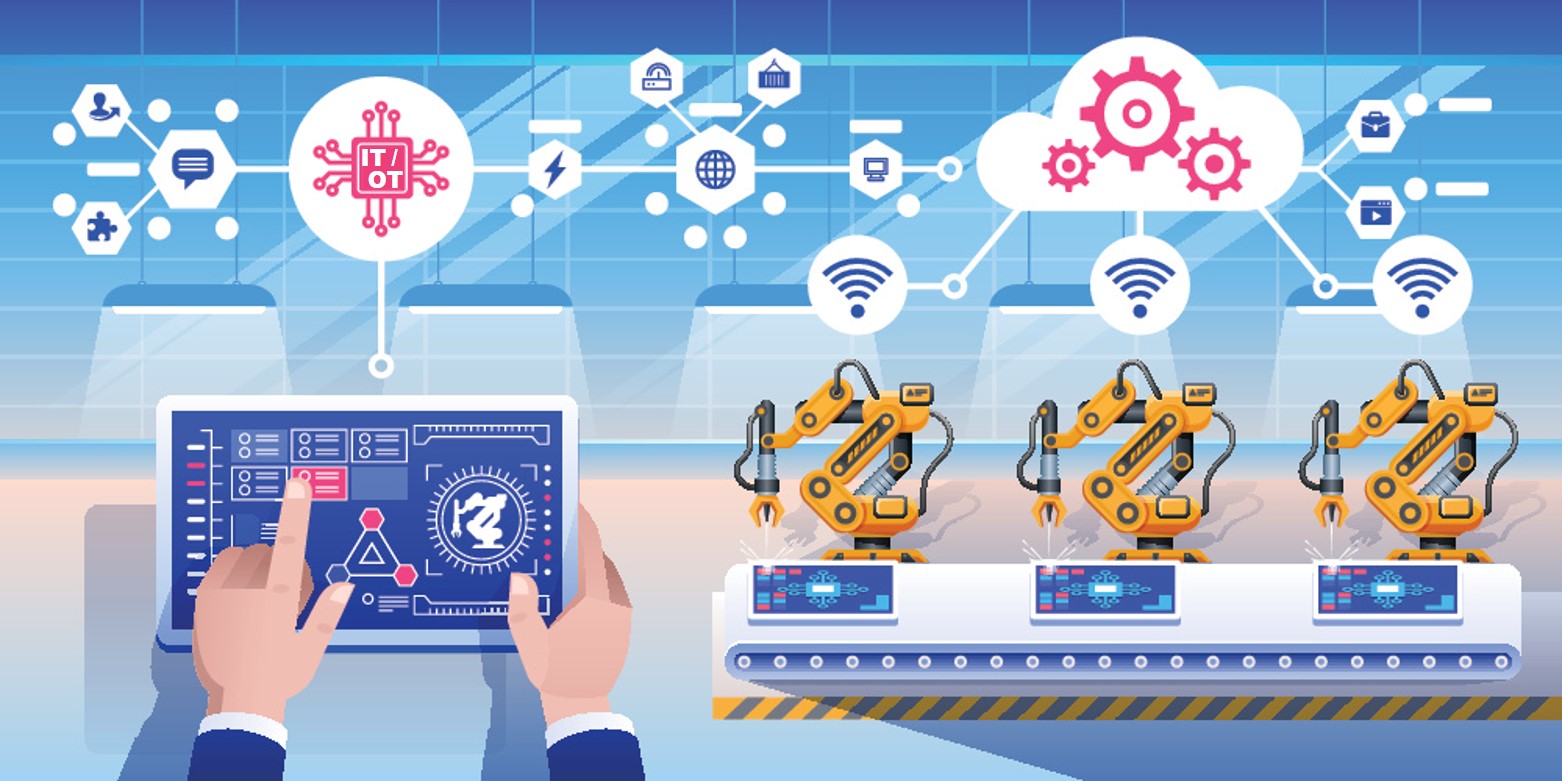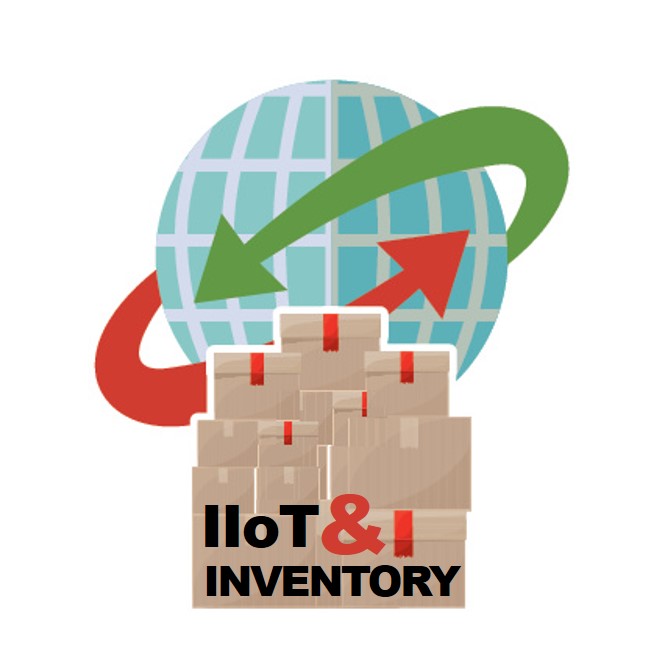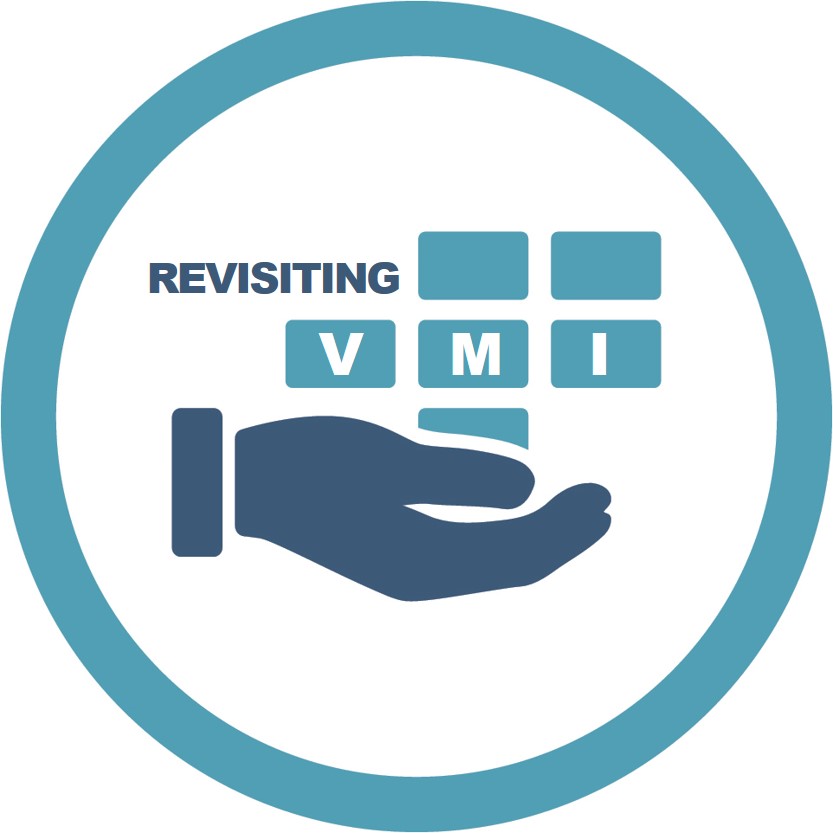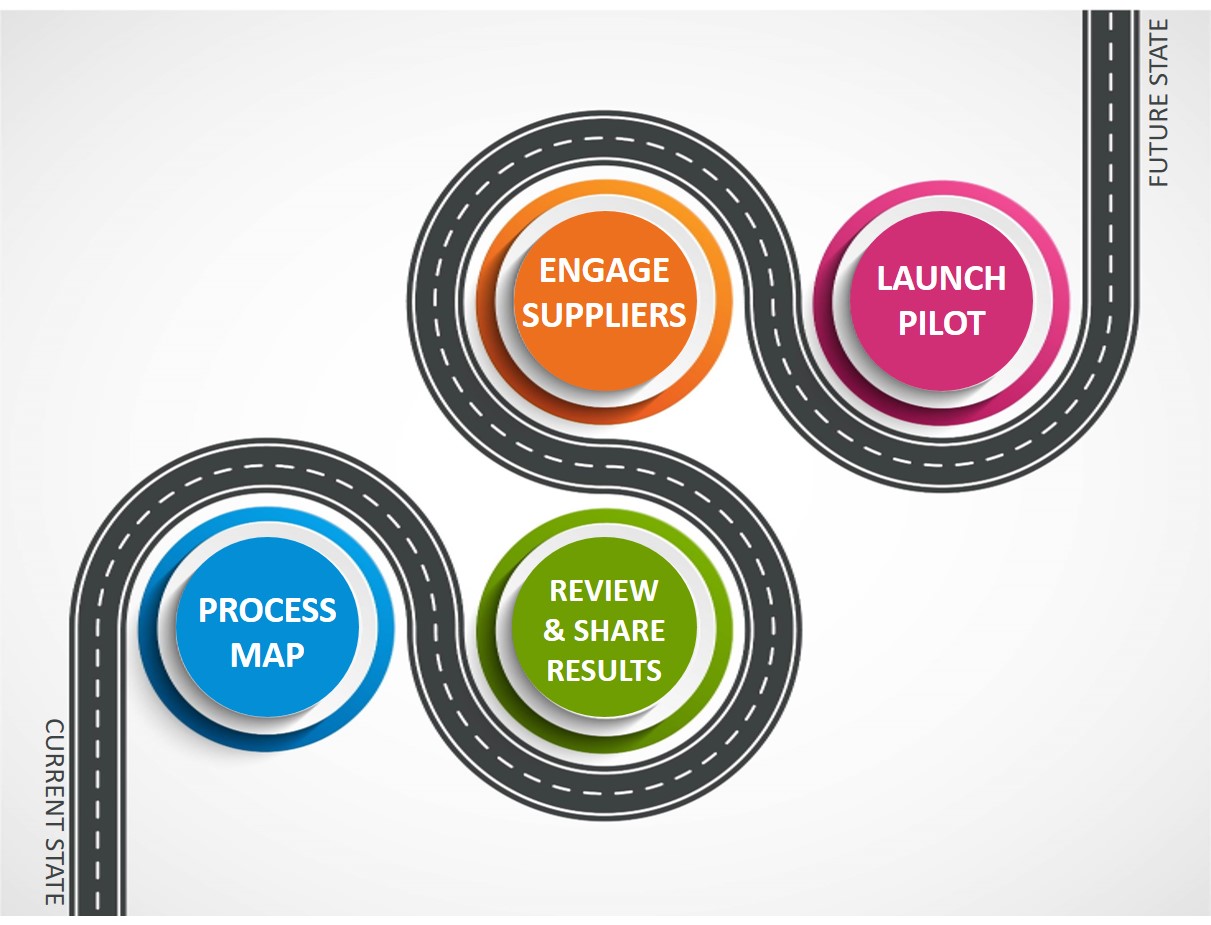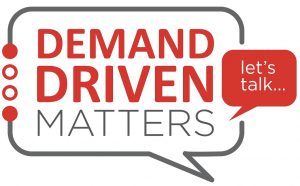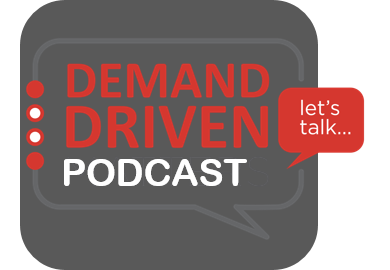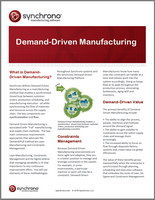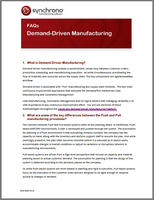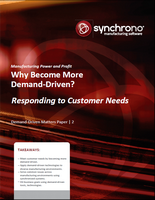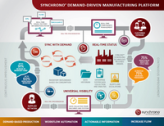IT/OT Convergence in the Factory of the Future
Since the advent of the Industrial Internet of Things (IIoT), experts and enthusiasts have been talking about the coming together of IT (information technology) and OT (operational technologies). Some call it an integration, while others call it a convergence. I call it a good thing. In this post, I’ll talk a bit about the convergence/integration of IT and OT, why it matters, and what it will look like in the


